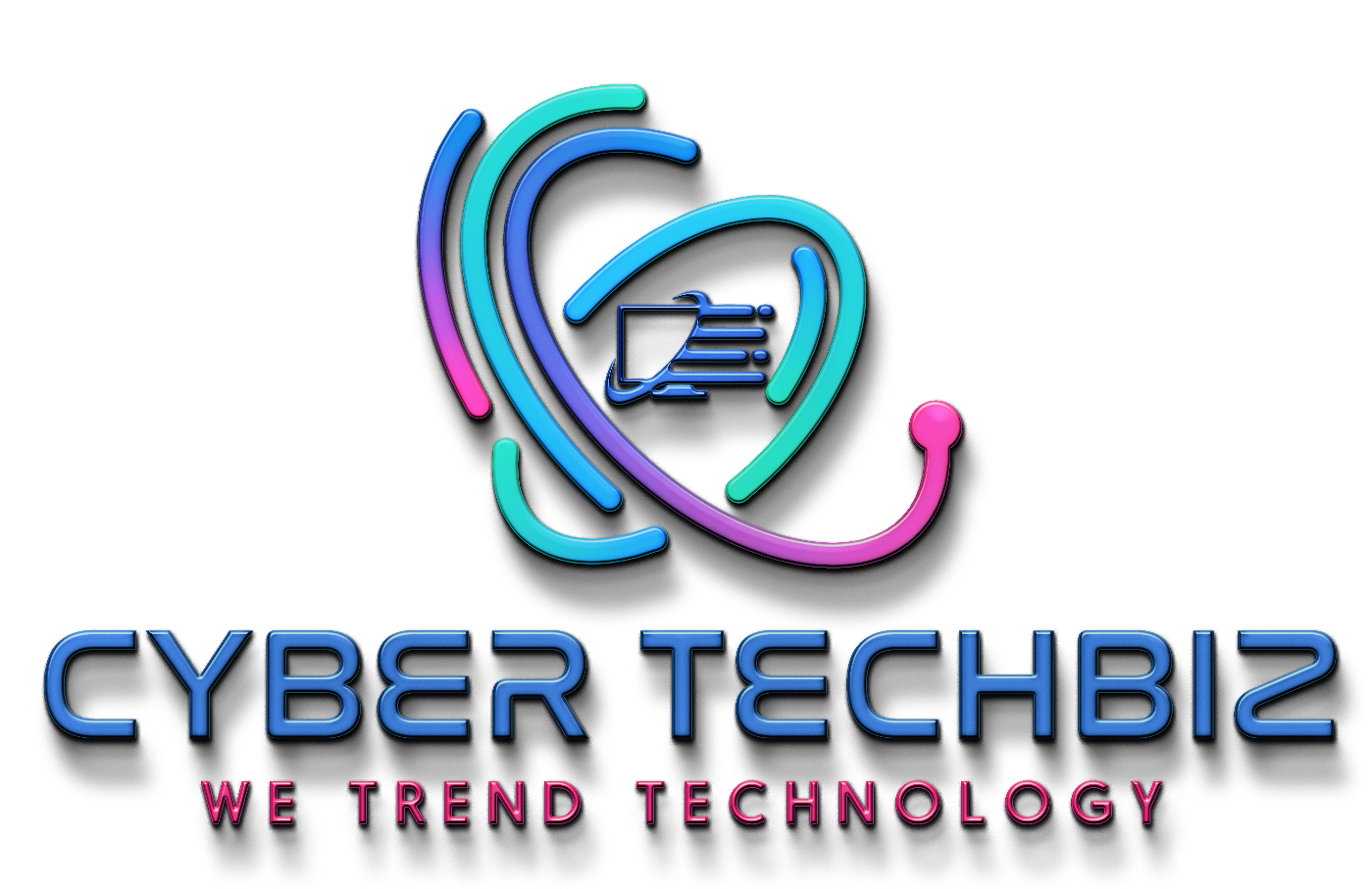This is why modernization is the ideal time to remove redundant, obsolete or trivial data — otherwise known as ROT. This includes, for example, duplicate records, data that is improperly encoded, and data with missing values.
2. Adopt the right migration approach
There are multiple ways to switch over from a legacy environment to a more modern one. The fastest but riskiest is the big bang approach, in which you move everything at once. An alternative is phased migration, where you migrate workloads incrementally; this reduces risk, with the tradeoff that it can take longer.
A third option, parallel run, involves deploying two complete copies of your applications at the same time — one hosted on the legacy platform and the other in the modern one — and spinning down the legacy workloads only after you’ve confirmed that their replacements are fully up and running properly. This approach minimizes risk, but it’s more complex and costly because it requires running two environments in parallel.

